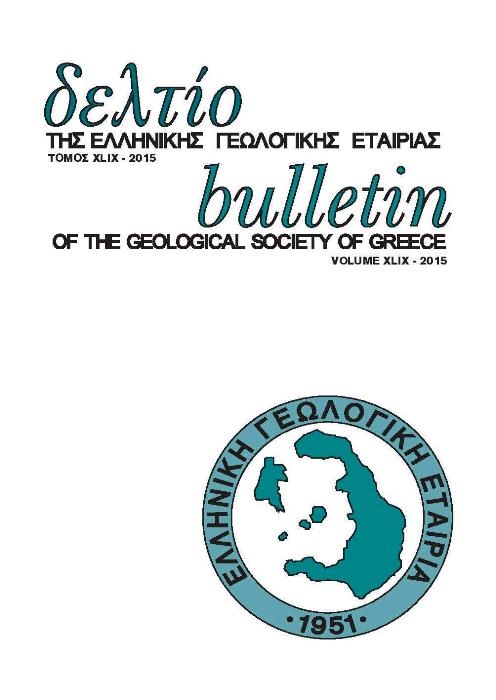Landform classification using GIS techniques. The case of Kimi municipality area, Euboea Island, Greece.

Abstract
The main objective of this paper is to classify landforms in Kimi municipality area of Euboea Island, Greece using advanced spatial techniques. Landform categories were determined by conducting morphometric analysis through the use of advanced GIS functions. In particular, the process of classifying the landscape into landform categories was based on Topographic Position Index (TPI). The main topographic elements such as slope inclination, aspect, slope shape (curvature), topographic wetness index and stream power index were obtained from the DEM file of the study area. Landform classification was obtained using TPI grids and the classes were related with the geological pattern and the land cover by sophisticated spatial analysis function. The knowledge obtained from the present study could be useful in identifying areas prone to land degradation and instability problems in which landforms are identified as an essential parameter
Article Details
- How to Cite
-
Ilia, I., Rozos, D., & Koumantakis, I. (2013). Landform classification using GIS techniques. The case of Kimi municipality area, Euboea Island, Greece. Bulletin of the Geological Society of Greece, 47(1), 264–274. https://doi.org/10.12681/bgsg.10940
- Section
- Geomorphology

This work is licensed under a Creative Commons Attribution-NonCommercial 4.0 International License.
Authors who publish with this journal agree to the following terms:
Authors retain copyright and grant the journal right of first publication with the work simultaneously licensed under a Creative Commons Attribution Non-Commercial License that allows others to share the work with an acknowledgement of the work's authorship and initial publication in this journal.
Authors are able to enter into separate, additional contractual arrangements for the non-exclusive distribution of the journal's published version of the work (e.g. post it to an institutional repository or publish it in a book), with an acknowledgement of its initial publication in this journal. Authors are permitted and encouraged to post their work online (preferably in institutional repositories or on their website) prior to and during the submission process, as it can lead to productive exchanges, as well as earlier and greater citation of published work.









